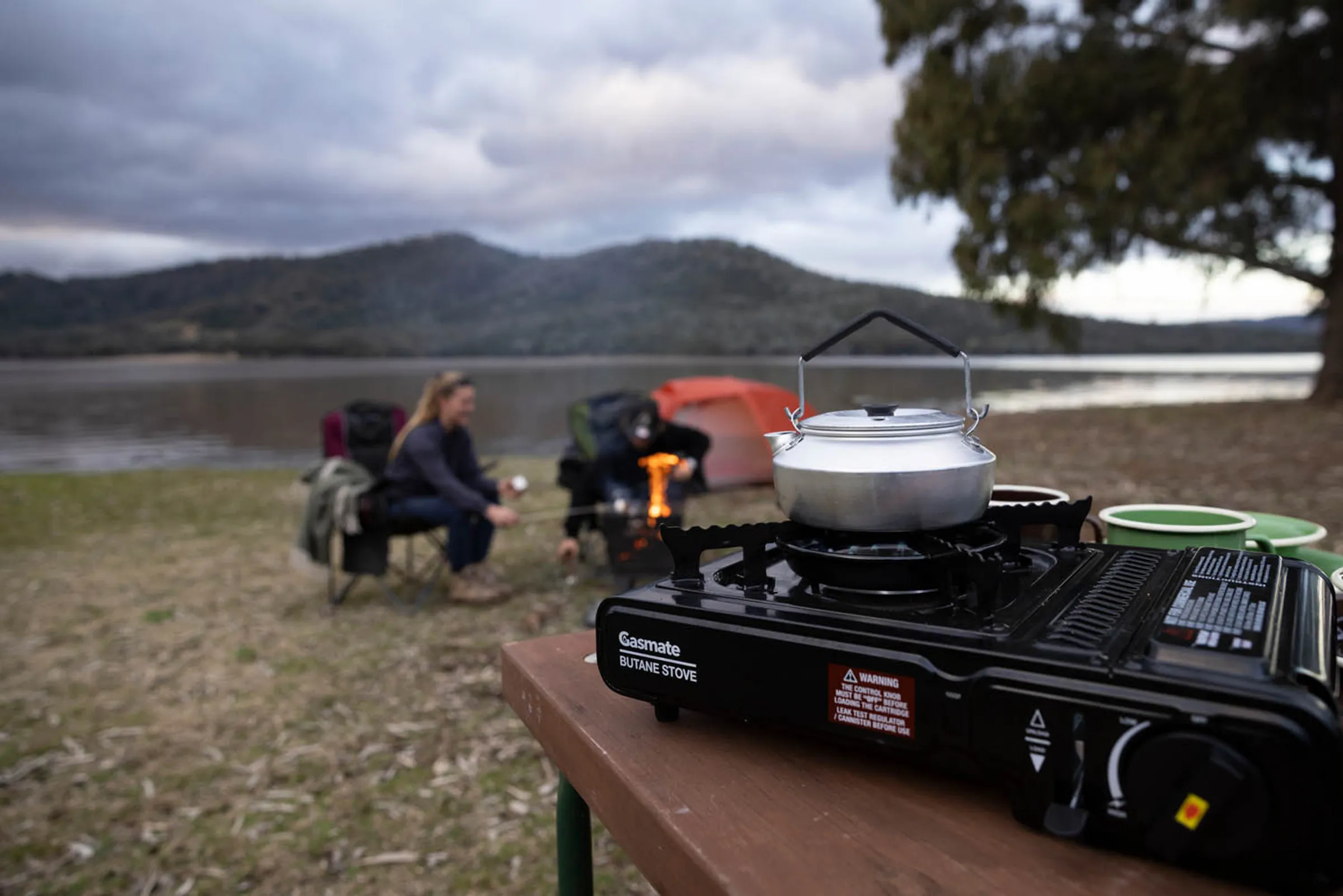
There’s a reason camping in Australia never goes out of style — it’s the ultimate unplug-and-reconnect adventure. Whether it’s stargazing in the outback, falling asleep to the sound of waves, or just roasting marshmallows under the gum trees, camping has a way of making the simple things feel special. But if you're brand new to all this, camping for beginners can feel a little… overwhelming (tent instructions, anyone?).
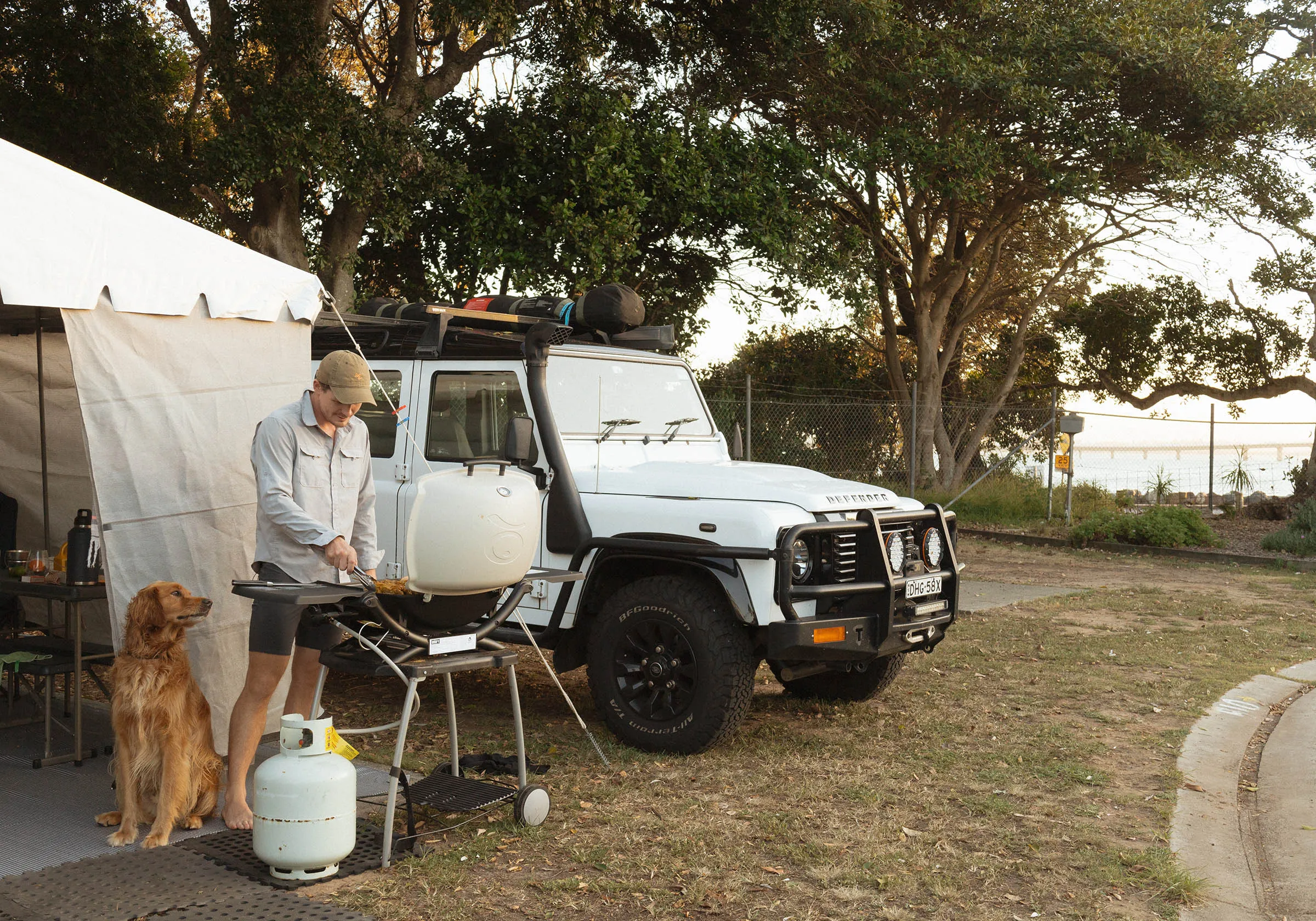
Don’t worry — we’ve got your back. This beginner’s guide to camping in Australia is your go-to resource for getting started without the stress. We’ll walk you through the camping must-haves, food ideas that go beyond instant noodles, safety basics, smart packing hacks, and the kind of insider tips that make your first trip a breeze instead of a bust. Whether you’re heading to a holiday park or going off-grid, this guide is designed to make your camping debut fun, easy, and totally memorable. Let’s get you out there!
Top camping tips for beginners (and how not to hate it)
1. Go with experienced campers
Tag along with someone who knows a guy rope from a guide rope. You’ll learn faster, stress less, and probably eat better too.
2. Borrow before you buy
No need to splash out on gear before you know your style. Borrow a tent, test a sleeping mat, then decide if you're more "outdoor rugged" or "needs a coffee machine."
3. Book campsites with amenities
Easing into it? Pick a campground with flushing toilets and a hot shower. You can work your way up to bush loos later. Even better a camp kitchen to solve all your food prep stresses.
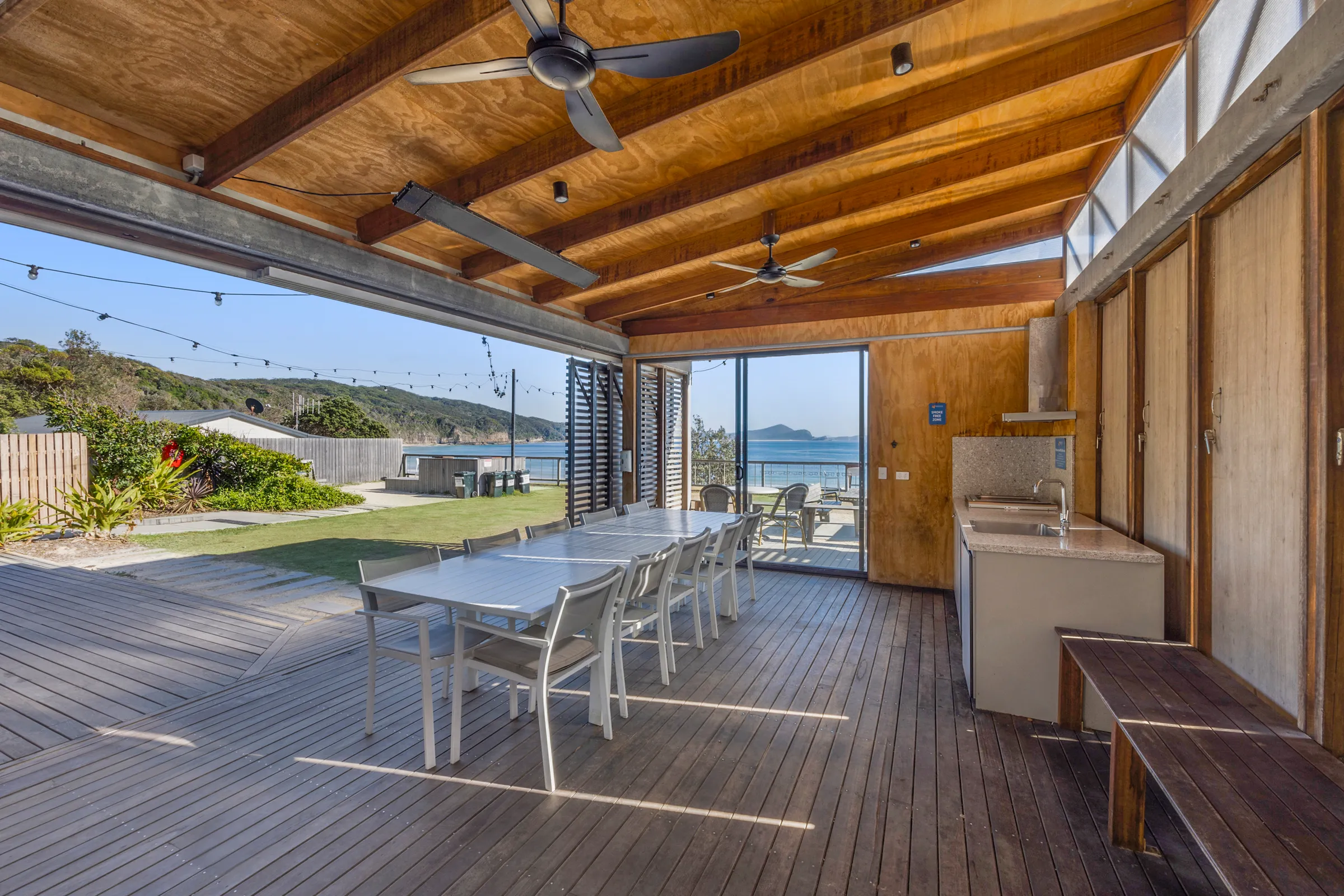
4. Practice pitching your tent at home
Trust us, doing it in daylight with Google nearby is much better than fumbling in the dark with possums judging you.
5. Don’t overpack
You won’t need five outfits. You'll end up in the same trackies and hoodie, toasting marshmallows with zero regrets. Pack some fresh undies, socks and a couple of layers and you’ll be good to go.
6. Always zip the tent
Unzipped = open invitation for mozzies, bugs, and maybe a curious lizard. Pro tip: Zip it or itch it!
7. Check conditions before you go
Camping tips 101: the weather, fire bans and road access can make or break your trip. Check first. Always. The Bureau of Meteorology is a great place to start.
8. Pitch smart
Avoid low ground (hello, puddles), mozzie zones, and dead branches above. Flat, dry, and shaded is the dream combo.
9. Keep food simple
There are so many recipes and camp cooking tips to make camp life easier. Checkout our camp cooking recipes here
What to bring camping – Equipment list & essentials
Packing smart = camping happy. Forget something vital and your ‘fun’ weekend becomes a test of human endurance. Whether you’re heading bush for the first time or sticking close to home, a solid camping packing list can mean the difference between a dreamy getaway and a disaster with mozzies, mud, and missing tent pegs. Below is your go-to camping checklist designed especially for beginners. Tick off these camping essentials and thank us later.
Shelter (Tent) & sleeping
- Tent or swag
- Groundsheet or tarp
- Sleeping bag (check the temp rating)
- Sleeping mat, air mattress, or stretcher
- Pillow (trust me)
- Optional: extra blanket or liner
Cooking & food prep
- Gas stove or campfire setup
- Lighter or matches (and spares!)
- Pot, pan, kettle
- Plates, bowls, mugs, cutlery
- Chopping board, knives, tongs
- Esky/cooler with frozen water bottles
- Washing tub, eco dish soap, sponge, tea towel
Lighting & power
- Torch or headlamp (plus spare batteries)
- Lantern for ambient light
- Power bank or solar charger
Clothing & personal items
- Comfy layers (including a warm jumper)
- Rain jacket
- Enclosed shoes and thongs
- Swimmers, towel, hat, sunnies
- Toiletries, sunscreen, insect repellent
Safety & extras
- First aid kit (with snake bandage)
- Ziplock bags, garbage bags
- Camp chairs, folding table
- Map or offline directions
Before you go
- Pre-plan how you can call Triple Zero (000) for help if your camping area has limited mobile coverage.
- Pack a portable radio to stay updated regarding weather conditions and fire restrictions that may be in force.
- Download the . The app uses your mobile GPS data so we can get to you quickly if help is needed.
What to eat and drink at camp
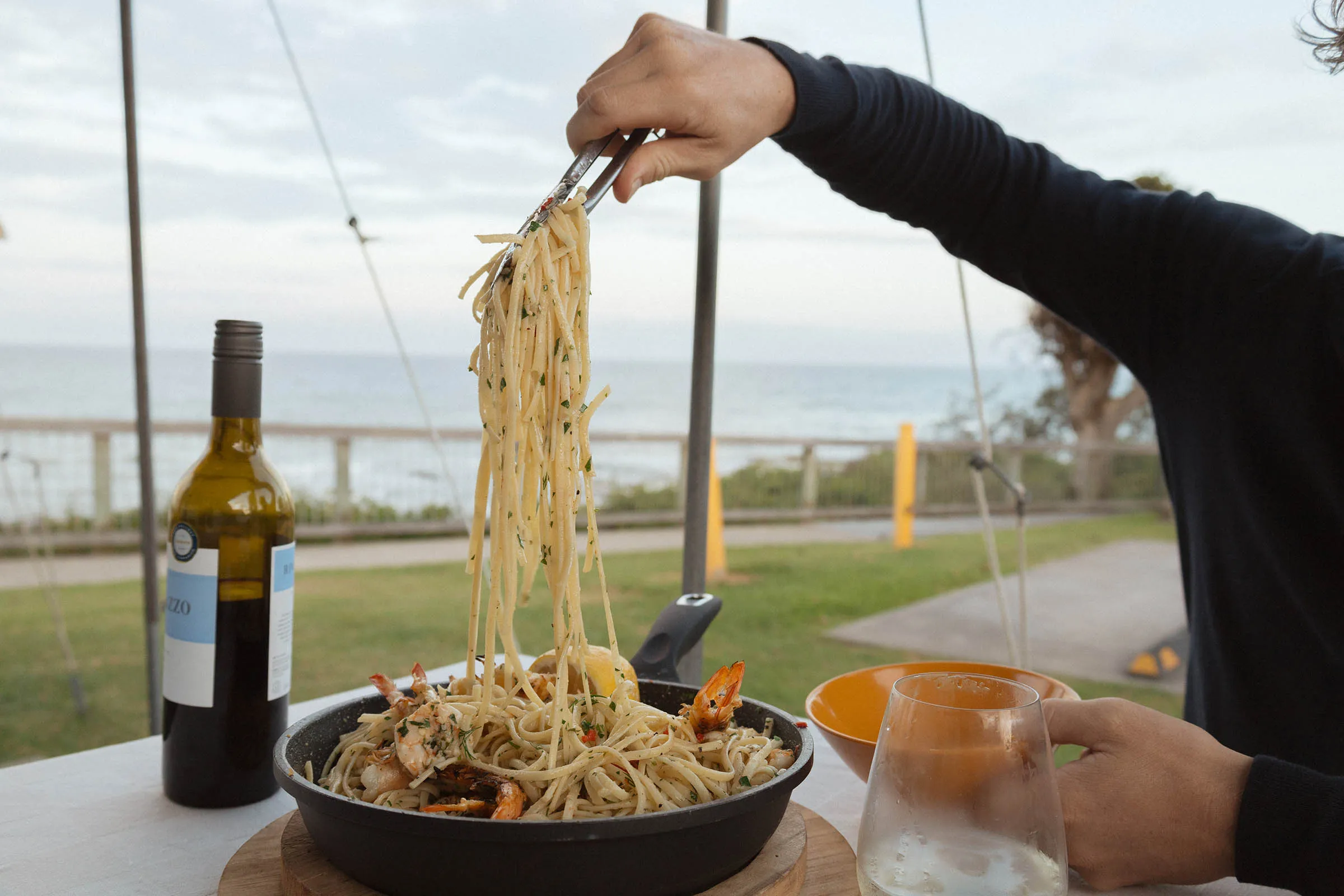
Keep it simple, folks. Camping isn’t the time for five-course meals, but somehow food cooked over a campfire, just tastes so much better. Think low-fuss, high reward meals that satisfy hunger after a big day outdoors.
- Toasties, pasta, BBQ, one-pot wonders — easy to throw together and don’t require a fridge full of ingredients. Pre-chop veggie and marinate meats at home to save time and mess. A little prep goes a long way out in the bush.
- Freeze drinks and meats to keep your esky cool longer – they’ll double as ice blocks, saving space and keeping everything fresher.
- Pack high-energy snacks: nuts, fruit, choccie bars (great when you’re on the go and need a quick bite between activities).
- Don’t forget your washing up tub, biodegradable soap and sponge.
Not sure what to take camping? Stick with the classics, prep ahead, check out our camping recipes here for ideas and keep it simple. Food prep is part survival, part social event. Enjoy it!
Staying safe outdoors
Planning a trip into nature? Great! But don’t forget, even the most peaceful bush setting comes with its own set of challenges. Here are the key safety tips every camper should know — especially if you’re new to camping.
First aid basics
Packing a basic first aid kit is one of the top camping essentials for beginners. Include plasters, antiseptic, bandages, tweezers, pain relief, and any personal medications. Not sure how to use everything? A quick YouTube tutorial or first aid course can go a long way especially if camping in remote parts that may not have reliable mobile phone coverage.
Sun safety & hydration
Aussie sun can be brutal. Always bring a wide-brimmed hat, SPF 50+ sunscreen, and sunglasses. Drink water regularly — especially on hot days or when hiking. Check out the Hydration Calculator to work out your exact requirements. Dehydration can sneak up before you realise.

Insects & animals
Mozzies, ticks, spiders, even snakes — they’re all part of the outdoor experience. Use insect repellent, wear long sleeves at dusk, and always zip your tent. Keep shoes and food inside to avoid unwelcome visitors.
Campfire safety
Check for local fire bans and always follow them. Never leave a fire unattended and extinguish it fully with water — not just dirt. Safety comes first.
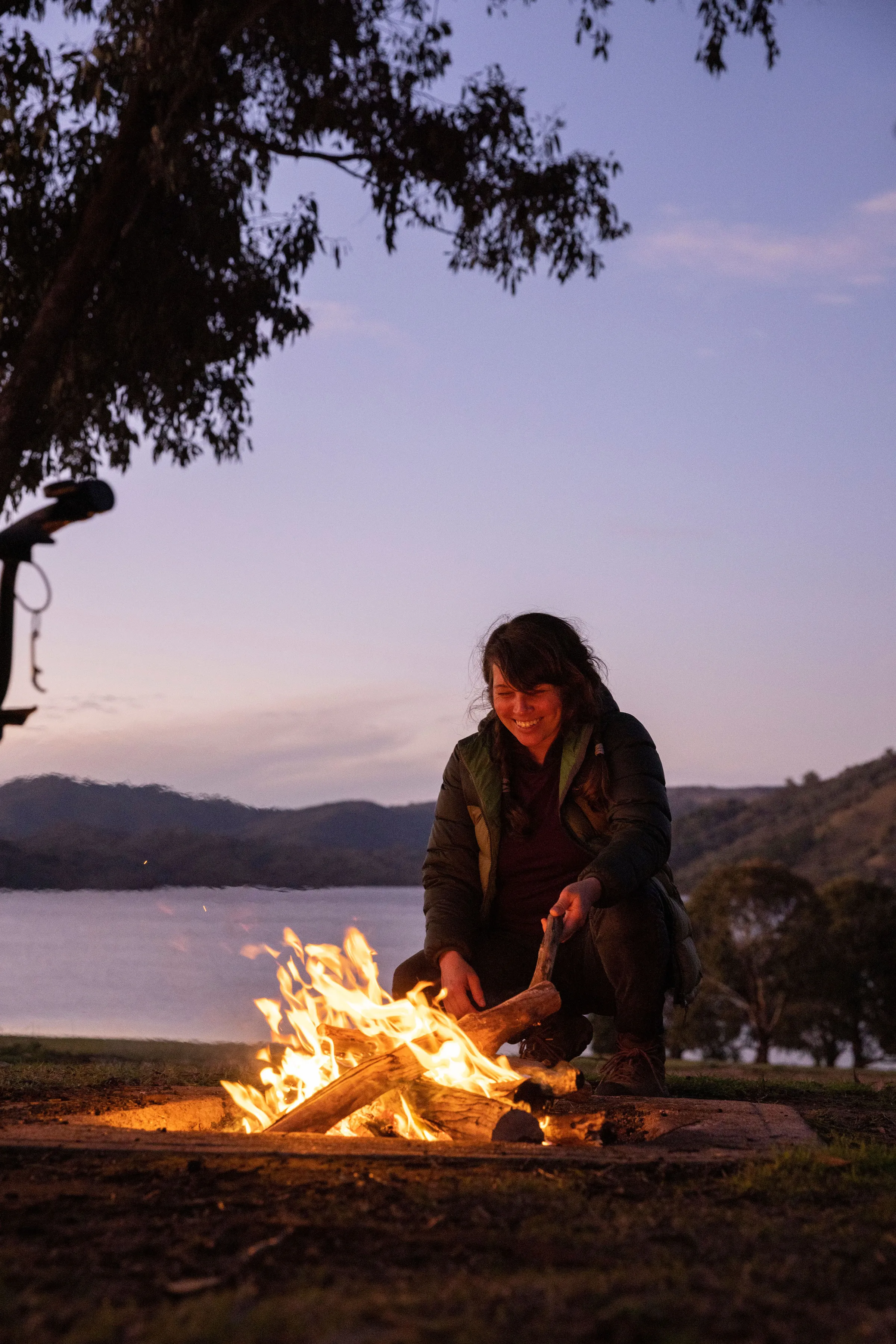
Let someone know
Before you go, let a friend or family member know your destination and return time. It’s a simple step that could make all the difference in an emergency.
Tips for camping in the rain
Even in the sunburnt country, the weather can turn in a flash. One minute you're roasting marshmallows, the next you're sprinting for cover. The trick? Be prepared. These tips for camping in the rain will keep you dry, warm, and still smiling when the skies open up.
- Start with a waterproof tent (with a good fly)
A rain-resistant tent with a full-coverage fly is your first line of defence. Double-check the seams and set it up before your trip to make sure it’s leak-free. - Pack an extra tarp
One for the ground to keep out moisture, and one overhead as extra shelter. Hang it over your cooking area or tent entrance to create a dry zone for gear and boots. - Ziplock bags and dry sacks are gold
Protect electronics, matches, snacks, and clothes. Even inside your pack, things can get damp — these bags are lifesavers. - Don’t skimp on warm, dry layers
Think thermal tops, dry socks (bring spares!), beanies, and gloves. Staying dry is more than comfort — it’s health. - Invest in a proper rain jacket
Breathable, wind-resistant, and long enough to keep your bum dry. Trust us, it’s worth it. - Bring tent-friendly entertainment
Rainy days = bonding time. Pack books, cards, puzzles, or games to turn cabin fever (or rather, tent fever) into family fun.
A little drizzle? No drama. With the right prep, wet-weather camping can still be a wild and wonderful adventure.
Choosing a campsite that’s right for you
The secret to a smooth first trip? Start by picking the right place. When it comes to camping for beginners, the ideal site does a lot of the heavy lifting so you can focus on relaxing — not wrestling with awkward terrain or missing toilets.
- Look for key amenities
Toilets, hot showers, BBQs or a camp kitchen are game changers. These creature comforts help ease you into camping life without feeling like you’re roughing it. - Flat, shaded, well-drained ground
Setting up a tent, or parking a van, on level ground makes sleeping more comfortable, while a bit of shade keeps your tent cool during the day. Avoid soggy, low-lying areas prone to flooding — they’re mozzie magnets. - The right size site for your van
Legally, caravan parks have to ensure there is enough space around your van, on demarcated sites. Check out our guide to ensuring your van will fit on your campsite. - Proximity to shops and fuel
Being close to a servo, supermarket, or café means you’re never far from supplies (or a cheeky coffee run). - Check for family- and dog-friendly zones
Travelling with kids or pets? Many holiday parks and campgrounds cater specifically to families and four-legged friends — with space to play and extra facilities. - Make sure it’s legal
Don’t just pull off at a pretty lookout. Confirm camping is permitted through National Parks (NPWS) or your local council website.
Picking the right spot takes the stress out of the setup — and sets you up for a great adventure.
Not quite ready? Try glamping instead
Not everyone’s keen to rough it on their first go — and that’s totally okay. Glamping (aka glamorous camping) is the perfect stepping stone for those curious about camping, but not quite ready to pitch a tent in the wild. Think luxury safari tents, eco-pods or cabins with real beds, bathrooms, heating, cooling, and even Wi-Fi in some spots.
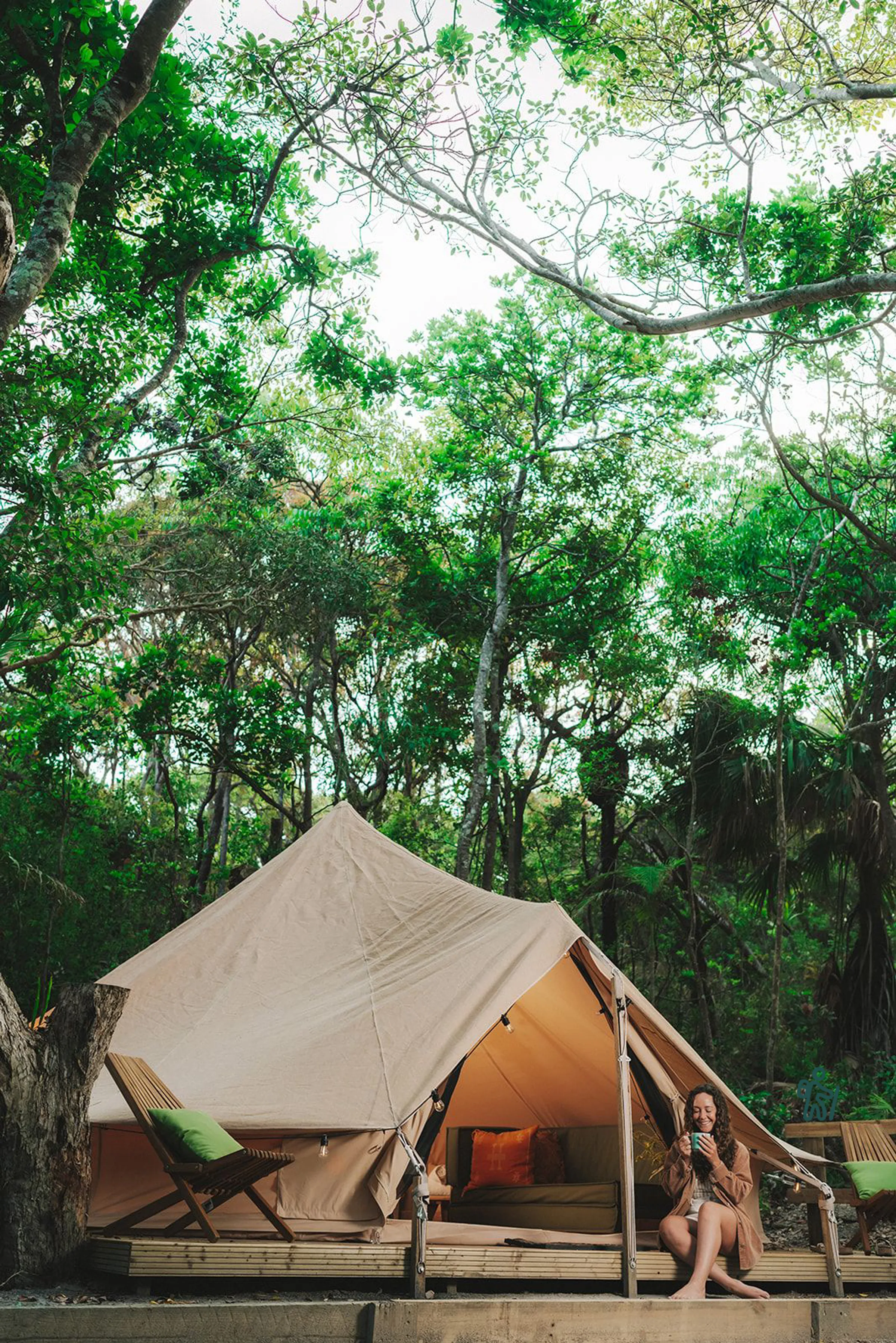
Glamping lets you enjoy the fresh air and campfire vibes without worrying about gear, setup, or chilly nights. It’s a stress-free, comfort-first way to ease into nature, and a top pick for camping, for beginners who want the outdoor experience with a little extra pampering. Plus, you’ll get a feel for what you like — and what gear you might need — before going full bush-bash on your next adventure.
Ready to give camping a crack?
You don’t need to be Bear Grylls to enjoy a good ol’ camping trip. Whether you’re chasing beach sunrises, forest vibes, or just a break from the group chat, camping is one of the easiest ways to recharge, reconnect and roast a marshmallow... or five.
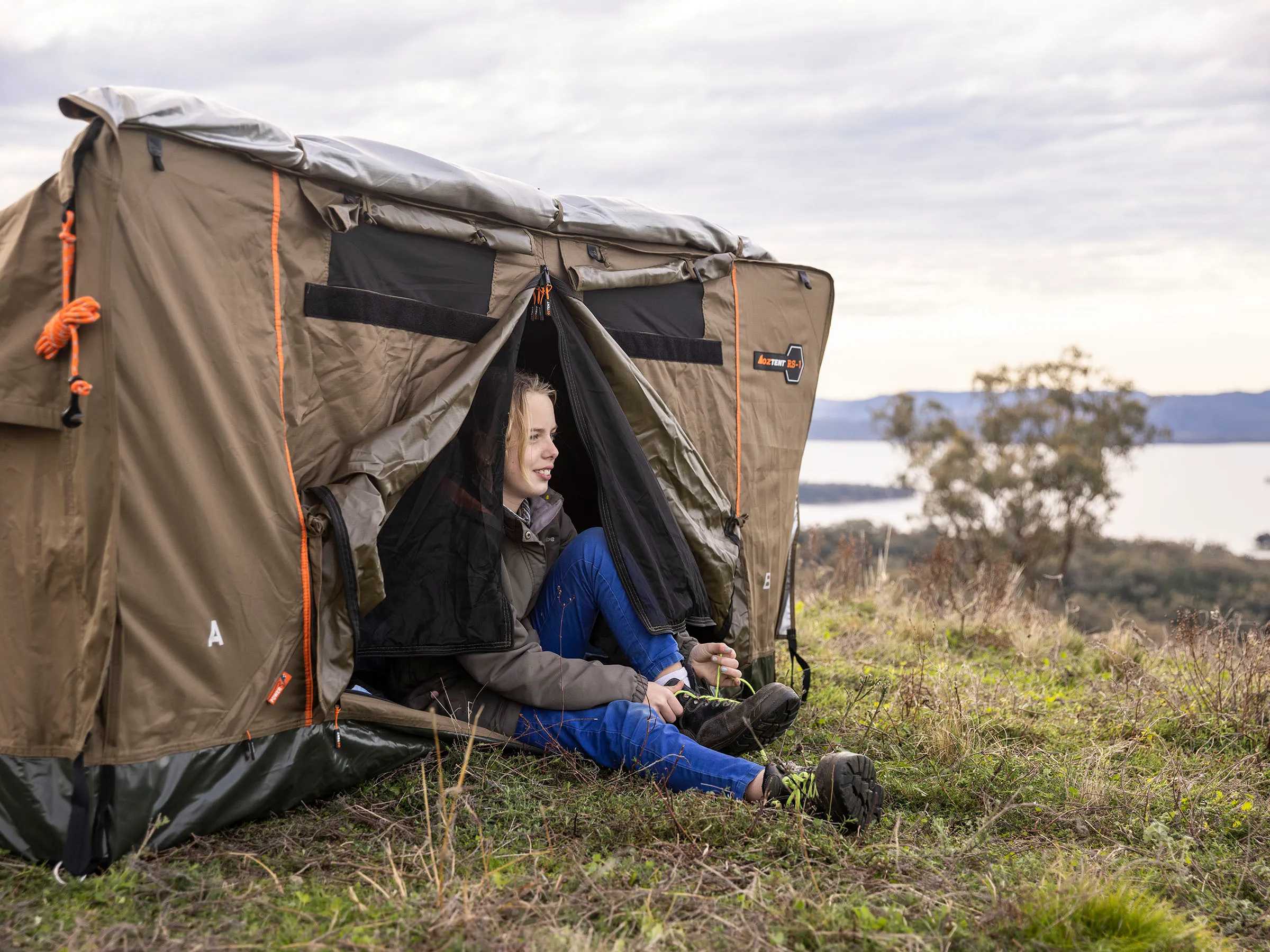
If you’re still not sure what to bring, how to set up a tent, or what a guy rope even does, don’t stress. Start small, stay safe, and lean into the fun bits — like burnt snags, epic stargazing, and waking up to the sounds of nature (instead of your alarm).
The best place to dip your toes in? Reflections Holidays parks. These beginner-friendly spots are sprinkled across the most scenic corners of NSW — think beachside views, bushland backdrops, and lakeside chill. You’ll get access to clean amenities, powered sites (hello, hairdryer), and even glamping options if you’re not quite ready to rough it. Bonus: they’re family-friendly, often dog-friendly, and just the right mix of wild and comfy.
Discover beginner-friendly camping and glamping options at Reflections Holidays' parks and start your outdoor adventure today.
Related articles

Hayley Bunting from Gather.ed hit up Corindi Beach with her family, to test out and feedback on the...
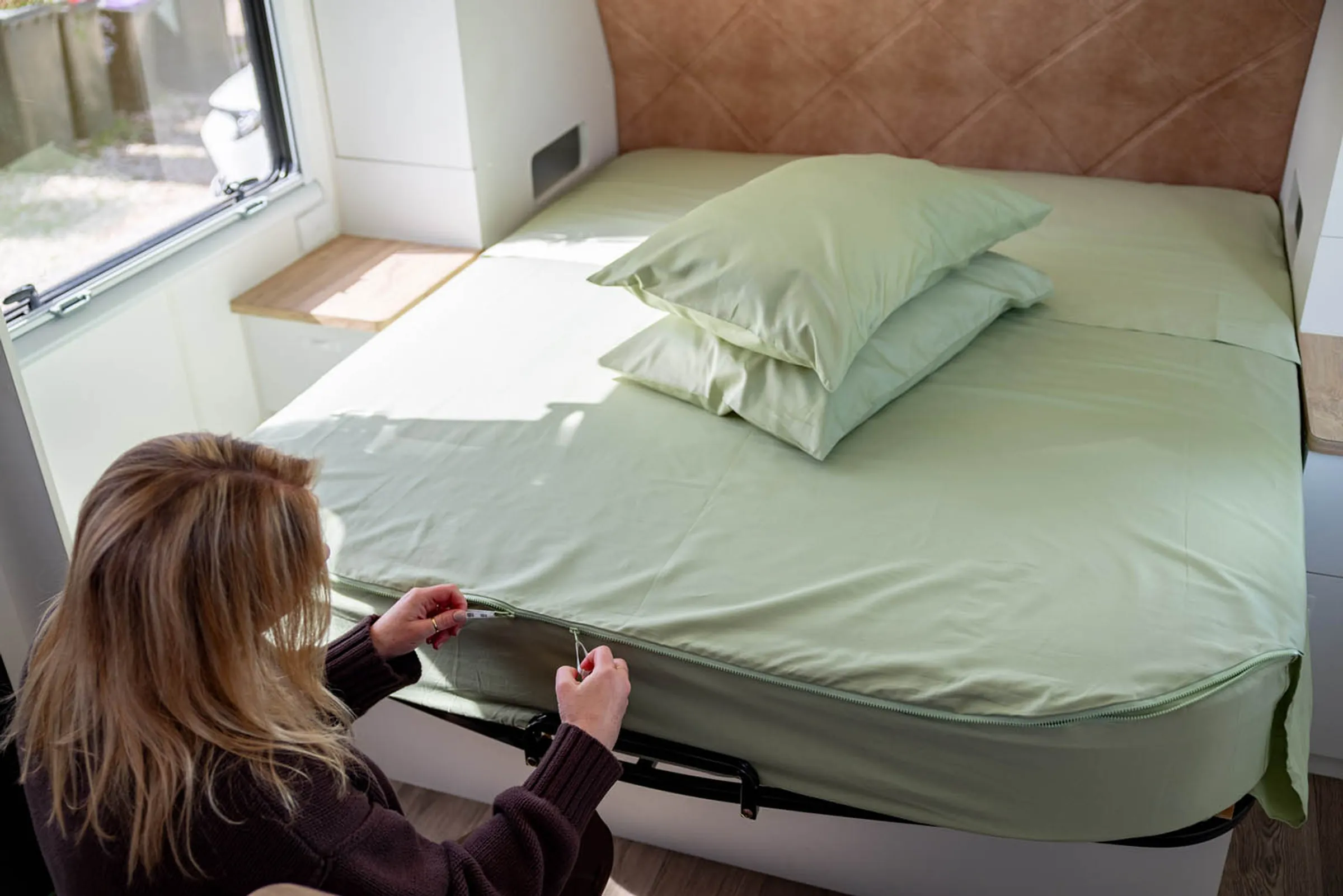
We solve the ultimate caravan challenge with some top tips to assist with caravan bed making.

Planning your first family camping trip? Whether in a tent or a caravan, the idea can be both exciting...
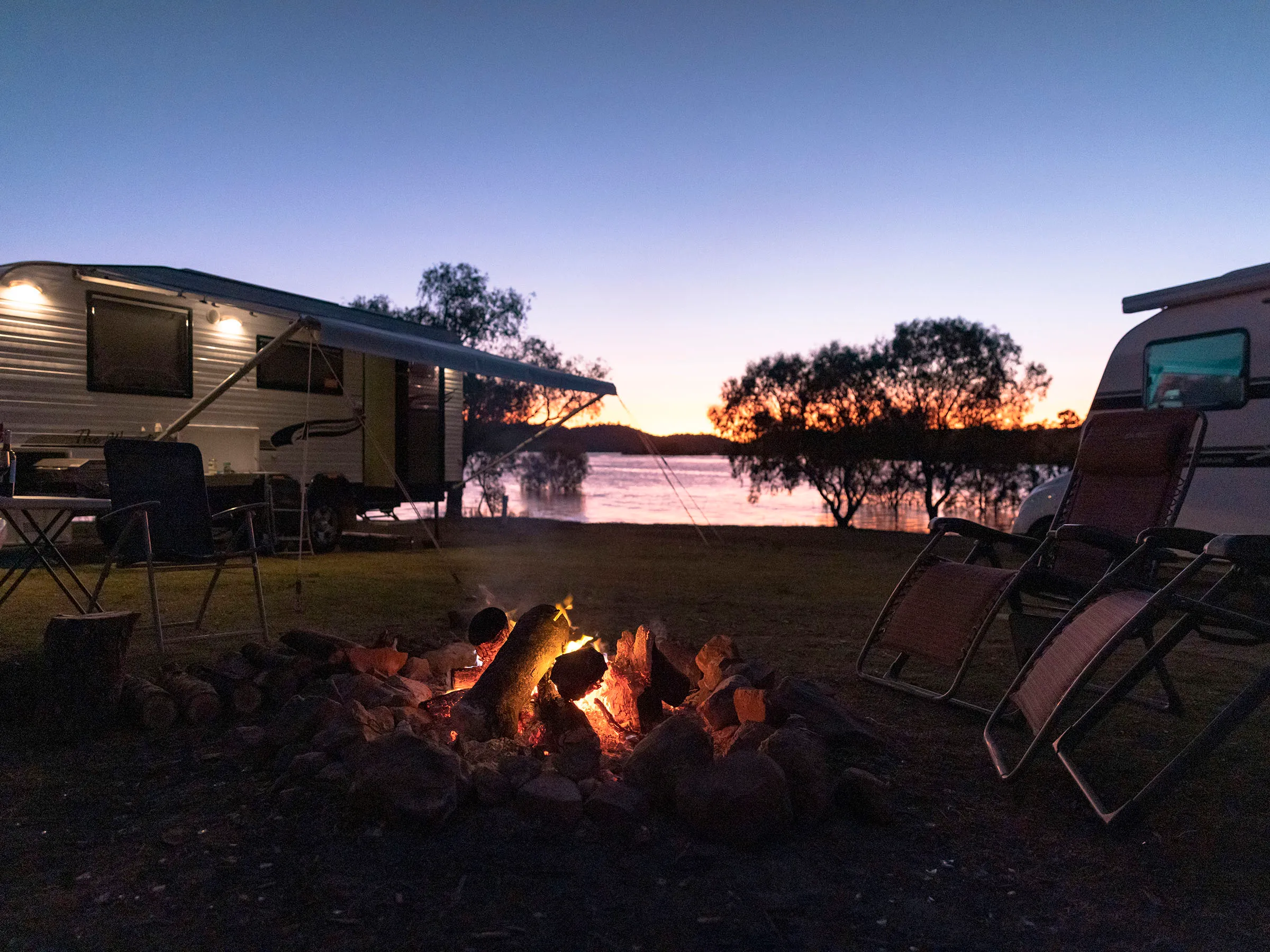
When most people think of camping, they picture sunny days, swims in the river, and barbecues under the stars....

If you’re a dog owner, you know the hassle (and heartache) of leaving your fur-babies behind when you go on holiday....
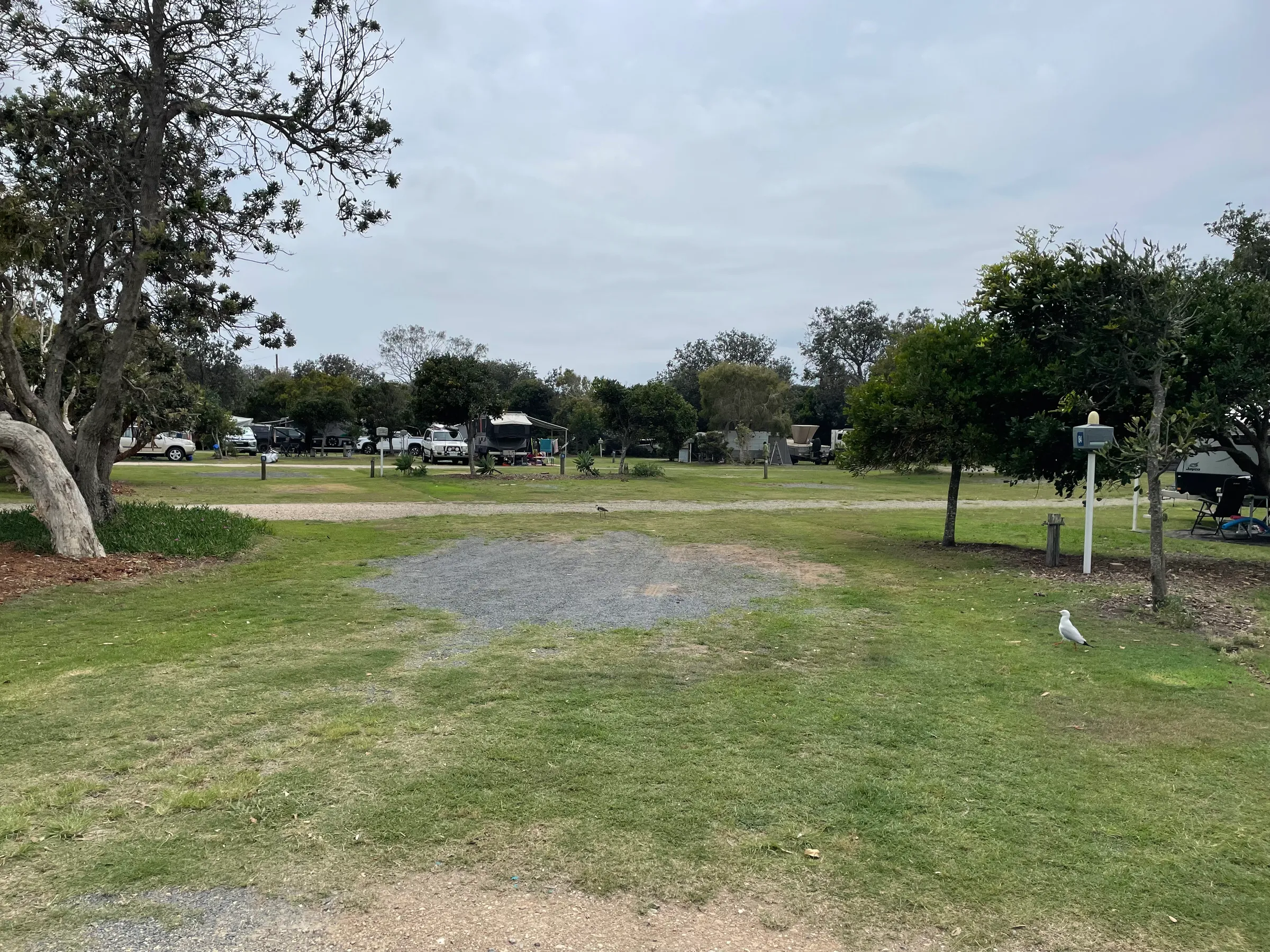
If you’re into camping in NSW or just beginning to explore the joys of life on the road, you’ve probably...